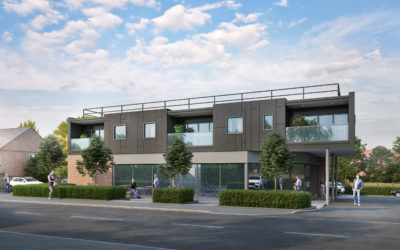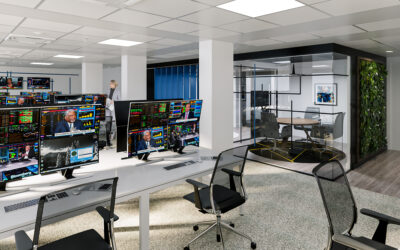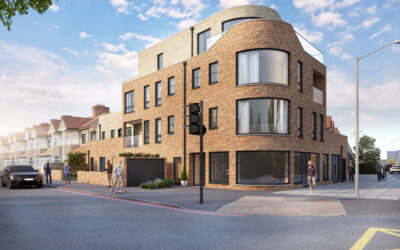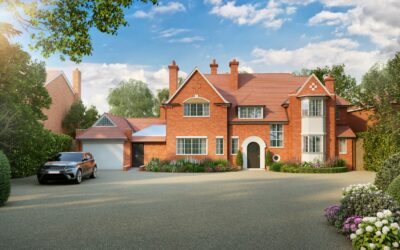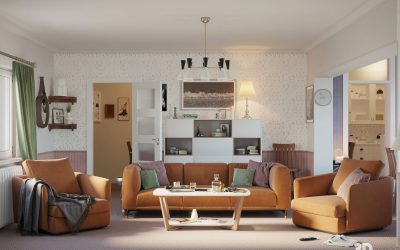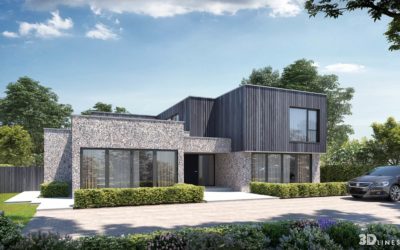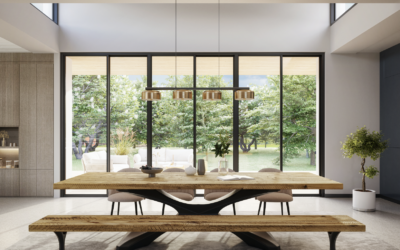Interior Renderings

Interior renderings are a vital part of property development, both from a designer’s standpoint and a marketing view. Allowing your clients to see what the finished product will look like before construction has even started not only sets your work apart from the competition but makes a difference in the cost and amount of time a project can take.
What is an interior rendering?
The concept of 3D-rendered models of interiors may seem like trendy new technology to some, but it has become the norm in today’s evolving design industry. Gone are the days of providing clients with hand-sketched floor plans and 2D room scapes. With a skilled 3D artist, you can offer your clients photo-quality renderings of actual rooms designed to precise dimensions and furnished and lit realistically.
The process of making an interior visualisation involves a lot of input from the client, usually starting with a basic sketch or description of the planned project. An artist can begin to craft a rough image from the beginning and then add details in layers. Irregular shapes are smoothed, light sources are identified, and texture and furnishings are brought in based on the client’s desires. As the image becomes more complex and realistic, the client can offer feedback and make adjustments while seeing the space evolve.
The final rendered image looks like a photograph of a finished interior. This allows the client to accurately visualise their project as if they can be in the space before it has been completed. This can be especially beneficial for clients who have a difficult time visualising a project. Interior renderings offer a designer or property development company a cost- and time-efficient way to guarantee client satisfaction before ground is broken on a new project.
The benefits of interior renderings
The technology of interior visualisation provides a solution to a problem the design industry has struggled with for decades – clear and simple communication between a client and designer to ensure the end product is precisely what the client wants and needs.
Cost efficiency
One of the most significant benefits of being able to provide your design clients with interior renderings is cutting down on the amount of time spent going back and forth with clients to get feedback and make adjustments. Presenting them with an image that enables them to see an accurate end product during the design phase cuts down on miscommunication as the project gets underway. Having multiple renderings that present different options before making component purchases and physical construction begins can reduce the cost of fixing mistakes later in the process. It also speeds up the approval process as clients have the confidence to make decisions based on those life-like images.
Head start on marketing
Traditional marketing for property development projects begins late in the construction stage, once it is possible to stage and photograph a finished space. With 3D rendering, interior and exterior spaces can be visualised and produced in marketing material to draw in clients and make sales even while the project is still waiting for permits or construction.
Discover flaws early
Visualising the intended finished project often helps identify design or architectural flaws and issues early in the project. Whether it’s incorrect dimensions, materials that don’t work within the space, or design choices that aren’t as seamless as initially thought, finding these flaws before investing time and money in construction and purchases saves on the project’s cost. The artist can make revisions to a 3D model much more quickly and efficiently than revising a partially constructed floor plan.
Set your business apart
High-quality interior renderings give an increased sense of professionalism to your projects, attracting high-end clients. A design portfolio stocked with both past and current realistic images increases marketing material. The two points combined, having access to quality imagery gives your work an edge over competitors. 3D interior images created by skilled artists should look like actual photographs. Accurate lighting is key to creating these images, as well as details. A good artist will include texture and materials that bring life and depth to the illustration. You can also consider adding movement and realism with people and pets occupying the space.
Interior visualisation is an exciting technology to bring into your business’s repertoire. It offers advantages to your design process, marketing potential, and – most importantly – client satisfaction. These advantages are seen in cost and time savings and increase your company’s prestige with potential clients.
